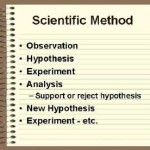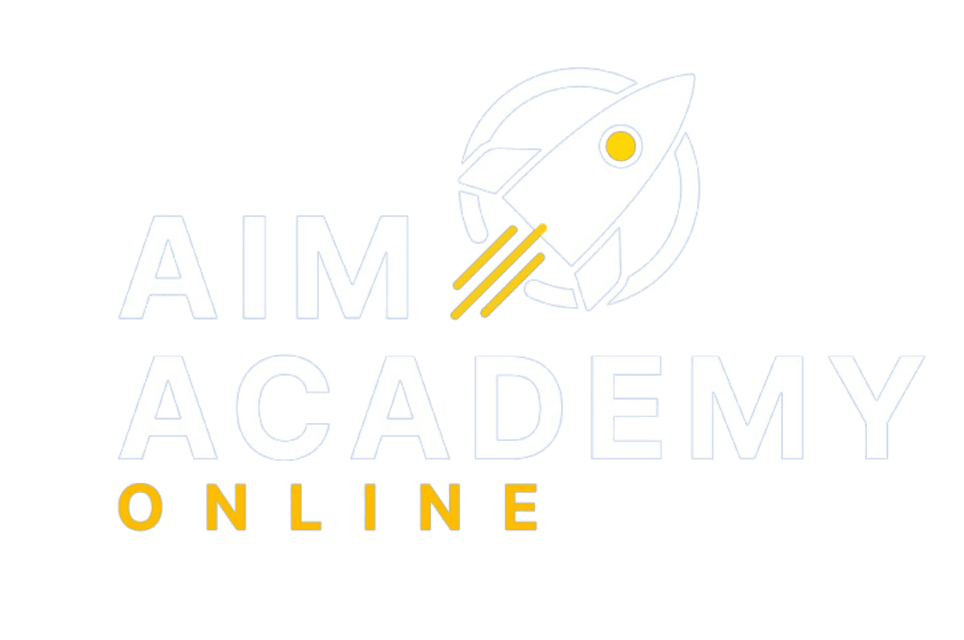The Scientific Method Ain’t What It Use to Be
by Vicki Dincher, guest blogger & Aim Academy Science Teacher
 We all remember the 5 steps of the scientific method: observe, hypothesize, experiment, analyze, and repeat. While science still involves hypotheses-testing,
We all remember the 5 steps of the scientific method: observe, hypothesize, experiment, analyze, and repeat. While science still involves hypotheses-testing,
it is so much more.
First, it might help to get the bigger picture of what science is and what it is not. Science is not a collection of facts. It is not
boring, nor purely analytical. Science is not done by solitary, middle-aged men in laboratories. It is not absolute and unchanging, nor can it prove or disprove
ideas.
The goal of science is to explain the natural world around us. Every parent of a toddler or elementary school-age child knows that the desire to make sense of the world around us is innate. Ever hear questions like: “what’s that?”, “why is the sky blue?”, or
“what make a marshmallow so puffy?” This is where true science begins.
Yes, science involves exploration and discovery, but the process of science is nonlinear, unpredictable, and ongoing. Its critical thinking and problem-solving at its
best, or it should be. The study of science and the process of understanding the natural world around us known as the scientific method is better labeled as “active learning” IMHO.
Learning that does not involve thinking is nothing but the memorization of facts not understood, resulting in the formation of
mere opinions; not the possession of genuine knowledge and understanding. (Adler 1987, p.11)
So what can you do? Make sure the science that you “do” with your children–their activities and assignments– are designed so that they need to think their way through them.
As your child explores new topics in science give them opportunities to observe, hypothesize, contemplate, generalize, create, test, evaluate and talk about they are thinking. Help them identify
and solve problems or questions they come up with as they study science. Take your time. Let ideas percolate. Don’t be in a hurry to tell them the right answer or explain – let them practice reasoning from the evidence of what theysee.
Then you’ll be using the scientific method.
And the next time you’re asked what makes a marshmallow so puffy, go to the Popular Science website, https://www.popsci.com/diy/article/2008-11/anatomy-marshmallow
and learn how to make some marshmallows with your children!
At Aim Academy, our science classes use active learning strategies designed to aid students in gaining genuine knowledge and understanding of science concepts.
Adler, M.J. 1987.
“Critical thinking” programs: Why they won’t work. The Education Digest 52(7): 9-11.
